As an early foray into film photography, the Kodak 66 Model iii was a steep learning curve. No light meter, no way of measuring distance and a sequence of buttons and levers than need to be pressed and set to be able to capture your first frame. After ten years of using this camera, I still forget a step each time I pick it up again.
When I first started having a play with basic film cameras, my nan presented me with camera after camera from her loft. Most were beyond rescue. Full of crusty battery compartments or crushed parts, but the Kodak 66 Model iii actually looked promising when I pulled it out of the plastic bag. There were no batteries to contend with and the concertina lens had stood the test of time well, but it was also my first medium format camera and I had no idea where to start. Roll after roll of out-of-focus, overexposed and blurry photos came back before I got the hang of this camera.
Ten years on and it was the perfect choice for a day adventure across Dartmoor. Light and compact – for a medium format camera – it was easy to carry over 11 miles as me and the pooch walked the Granite Way into Lydford.
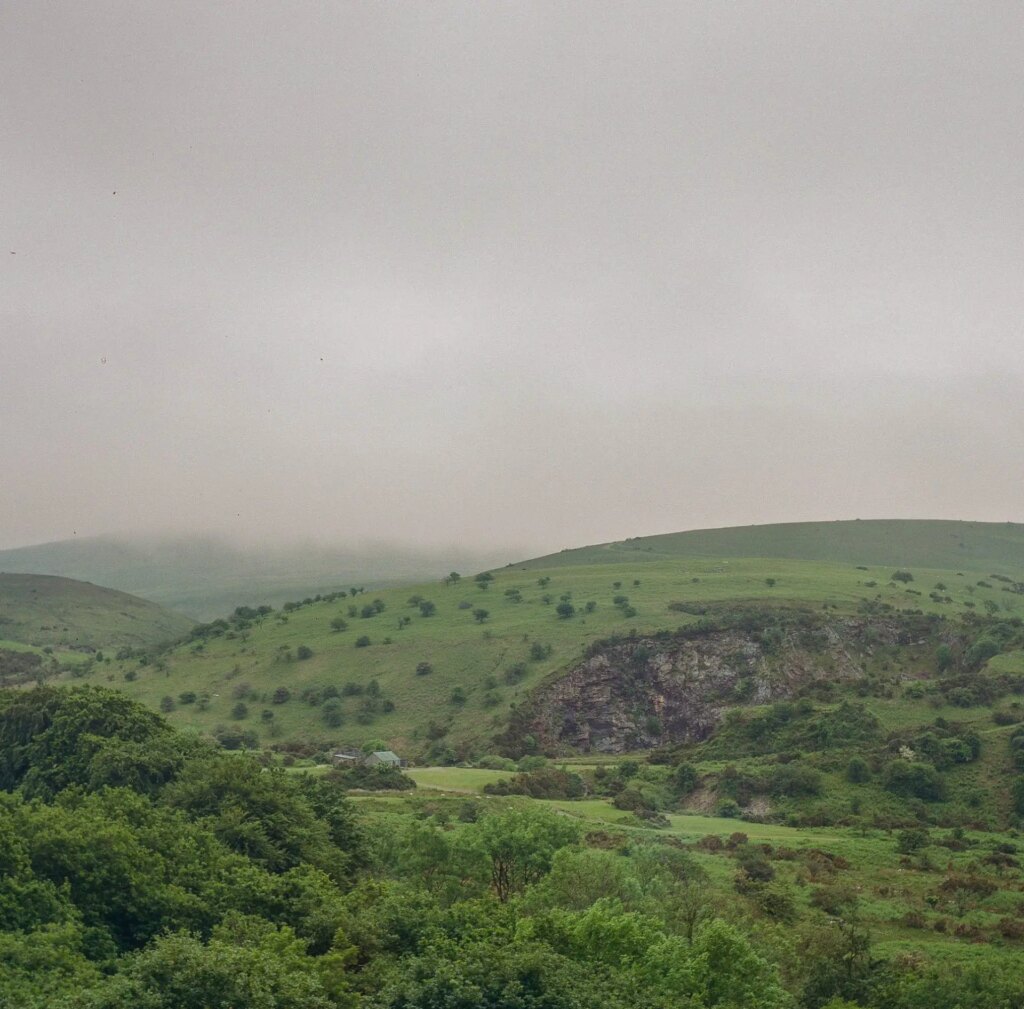
I love shooting film on a gloomy day. The soft shift of tones is far better captured on film and it invites a slowness that comes more easily with a camera that requires careful adjustment of dials. So this grey day in June was still a welcome prospect for our Dartmoor walk.
The route itself is designed for bicycles, so the ground was firm and made for easy progress. While the landscape was always very typical Dartmoor, there were still shifts from open fields and farmland to dense, tree-lined paths, flanked by deep-green ferns. The large pockets of my raincoat were perfect for the camera, keeping it dry in misty rains as well as always at hand.
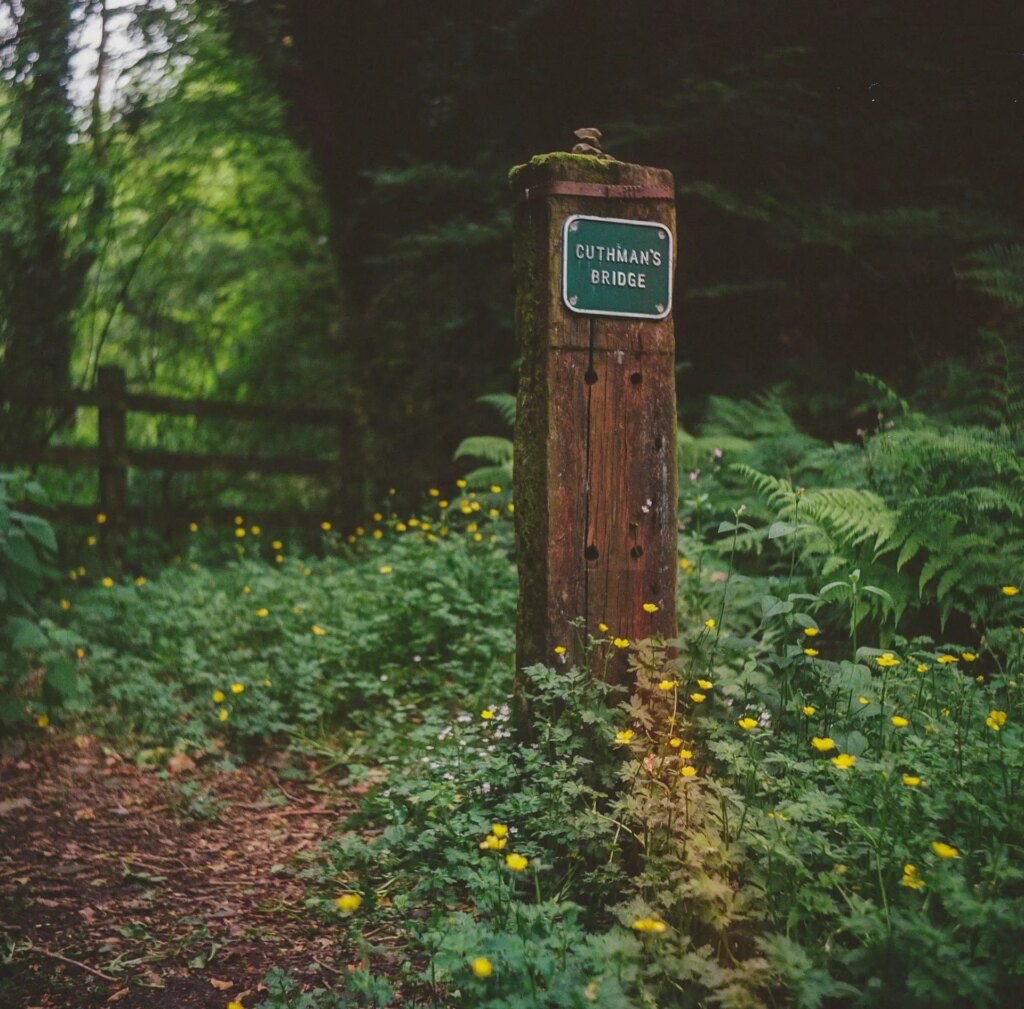
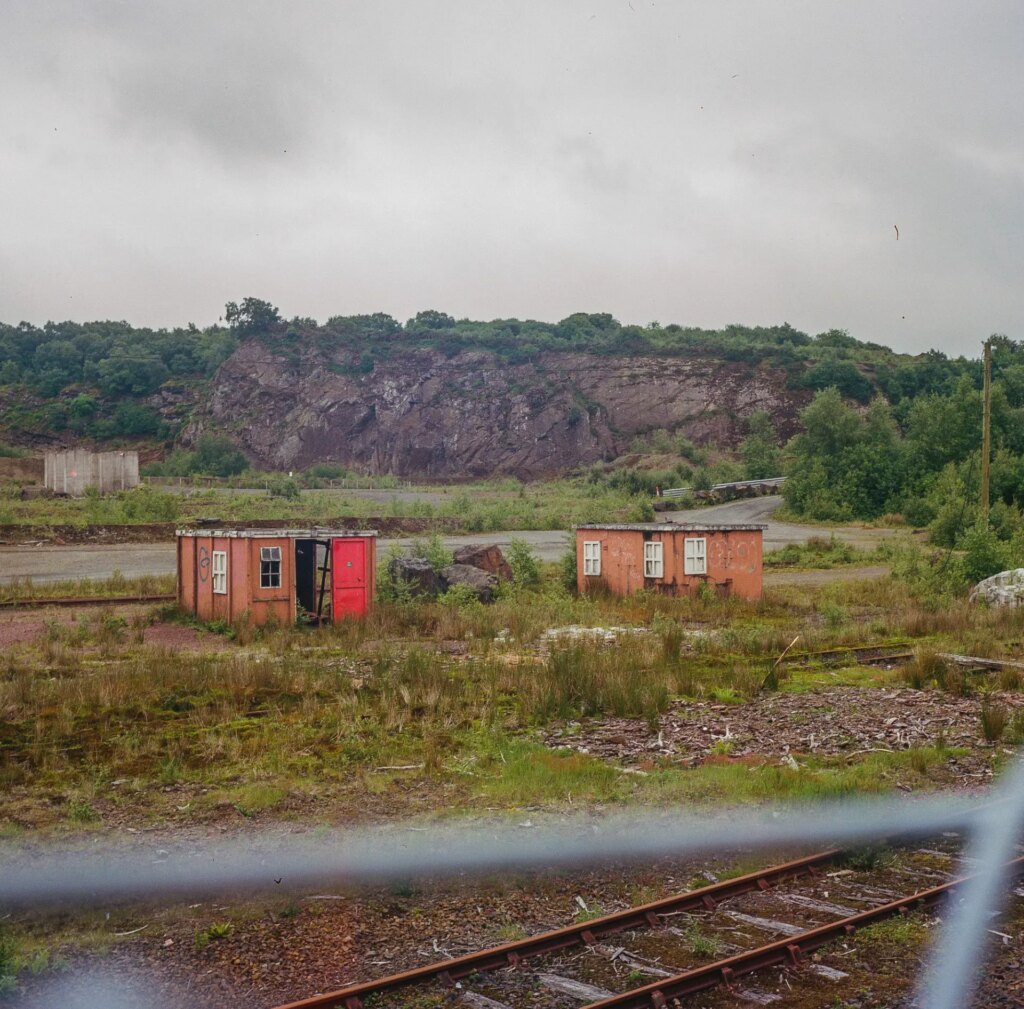
The camera itself has never needed repair or restoration and I’ve always been impressed with the pictures this almost 70-year-old camera can produce today. I’m still guessing at the subject’s distance, but in the last 10 years, I’ve learned to love when I get it a bit wrong. The 75mm lens wasn’t ideal for capturing wide, sweeping landscapes, but I’m a firm believer in learning to work with what you have to hand and I love the images that came back.
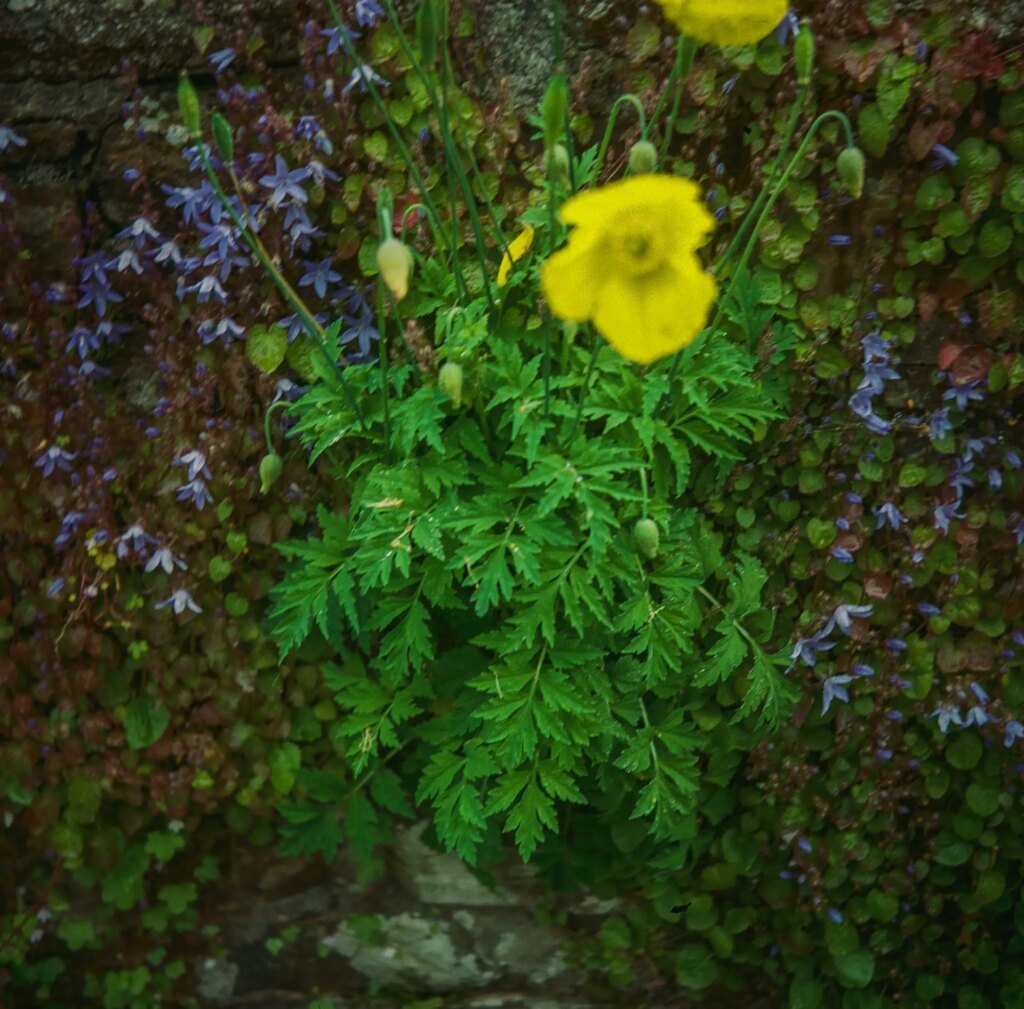
All around Lydford village, at the end of the trail, I found yellow poppies. They sprouted from verges and front gardens, as well as cracks in walls and pavements. Almost the emblem of the village, I had to capture one on film. I got the distance wrong but I like the result.
With a maximum aperture of 4.5, I leant into wider depth of field. Along with the 400 iso of my much-loved Portra film, even the gloomiest of moments were easily captured at any aperture I wanted. I find it hard to choose black and white film over colour, I live for rich film tones, but I did load a roll of black and white into a little point-and-shoot for this trip. On my site, you can see more of the Granite Way on film.
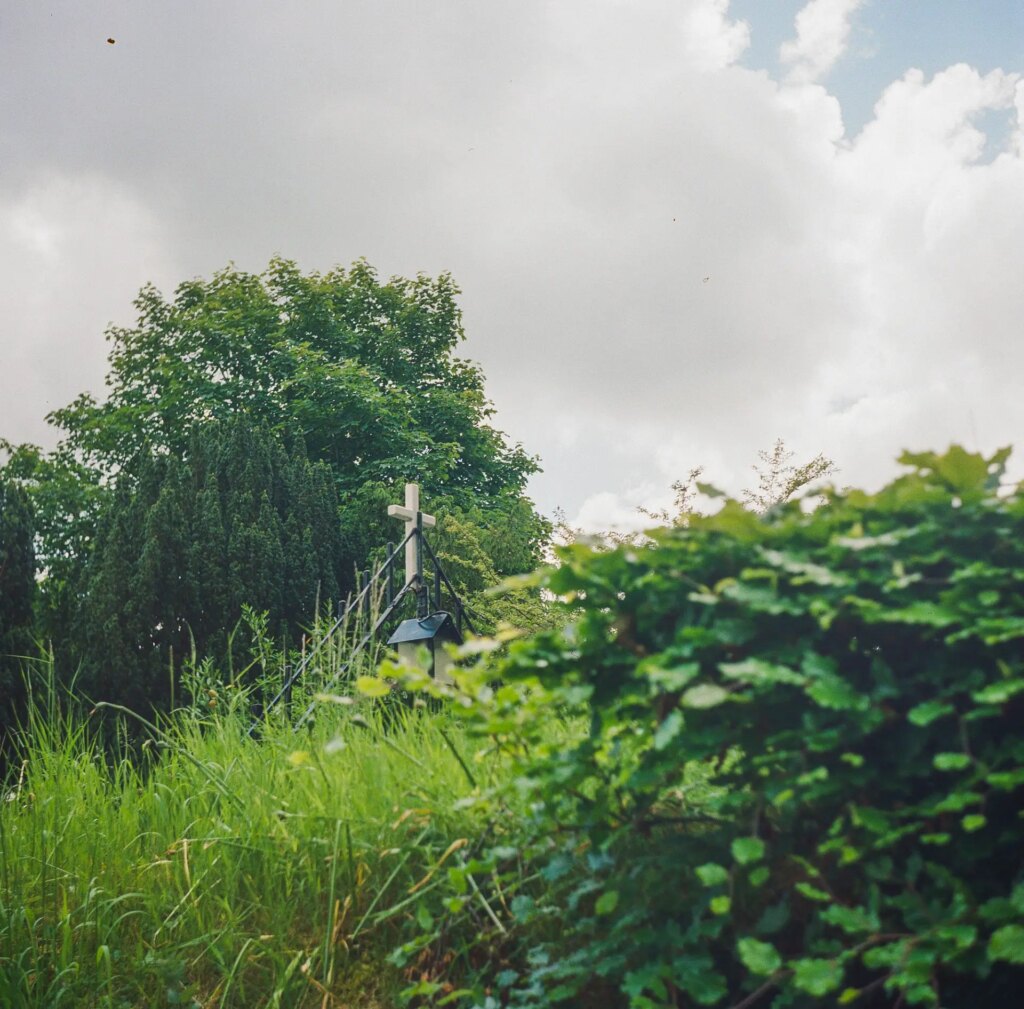
While the results may not be as notable as those of my Hasselblad, this is still a camera I love and will join me on many more adventures.
More shots from this walk are available on stevieellaphotography.com and you can also follow me on Instagram.
Share this post:
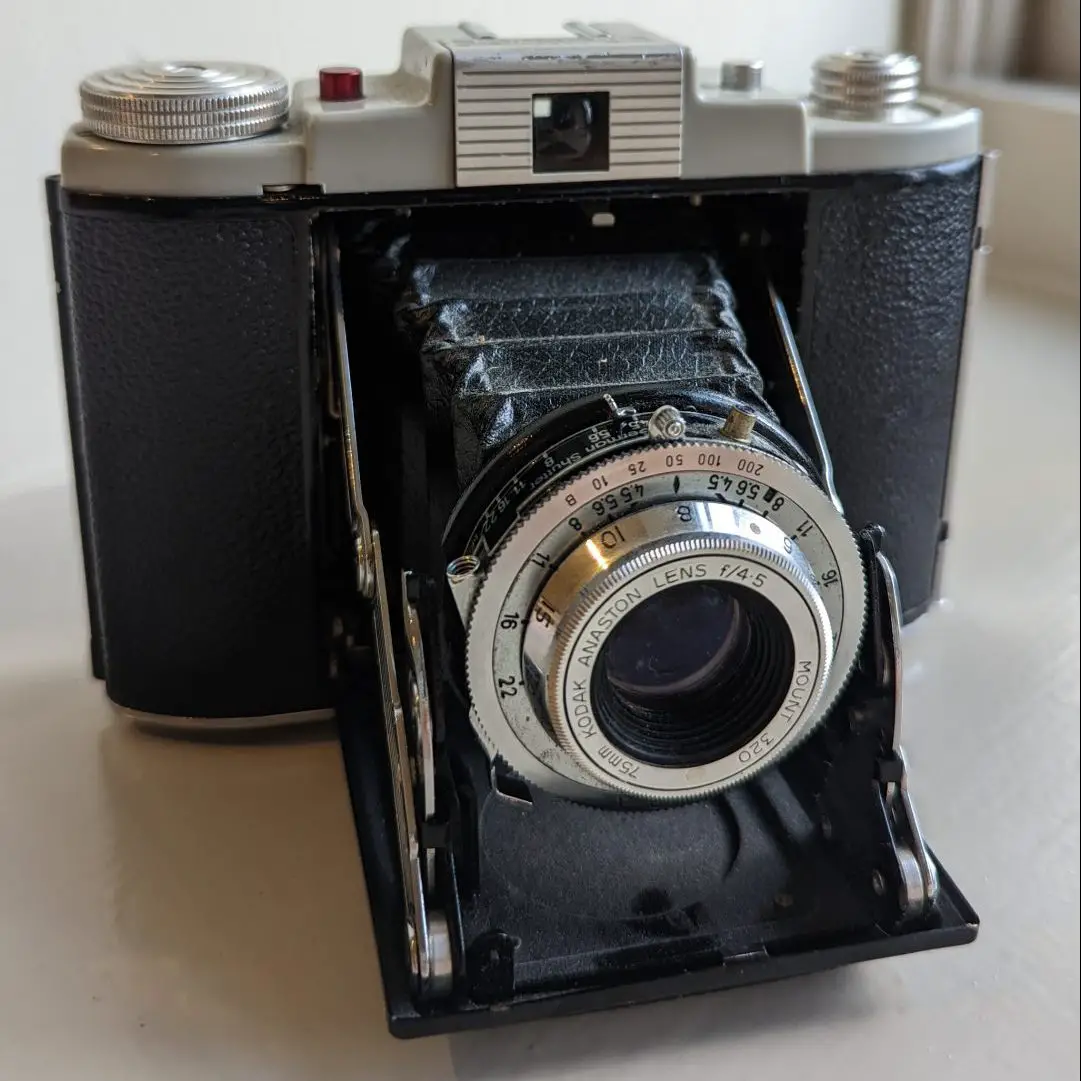








Comments
jason on 5 Frames on the Kodak 66 Model iii and Portra 400 – By Stevie Keen
Comment posted: 21/02/2023
Wilfred von Dauster on 5 Frames on the Kodak 66 Model iii and Portra 400 – By Stevie Keen
Comment posted: 21/02/2023
DeeDee Yelverton on 5 Frames on the Kodak 66 Model iii and Portra 400 – By Stevie Keen
Comment posted: 21/02/2023
Michael J on 5 Frames on the Kodak 66 Model iii and Portra 400 – By Stevie Keen
Comment posted: 22/02/2023
Simon Foale on 5 Frames on the Kodak 66 Model iii and Portra 400 – By Stevie Keen
Comment posted: 23/02/2023